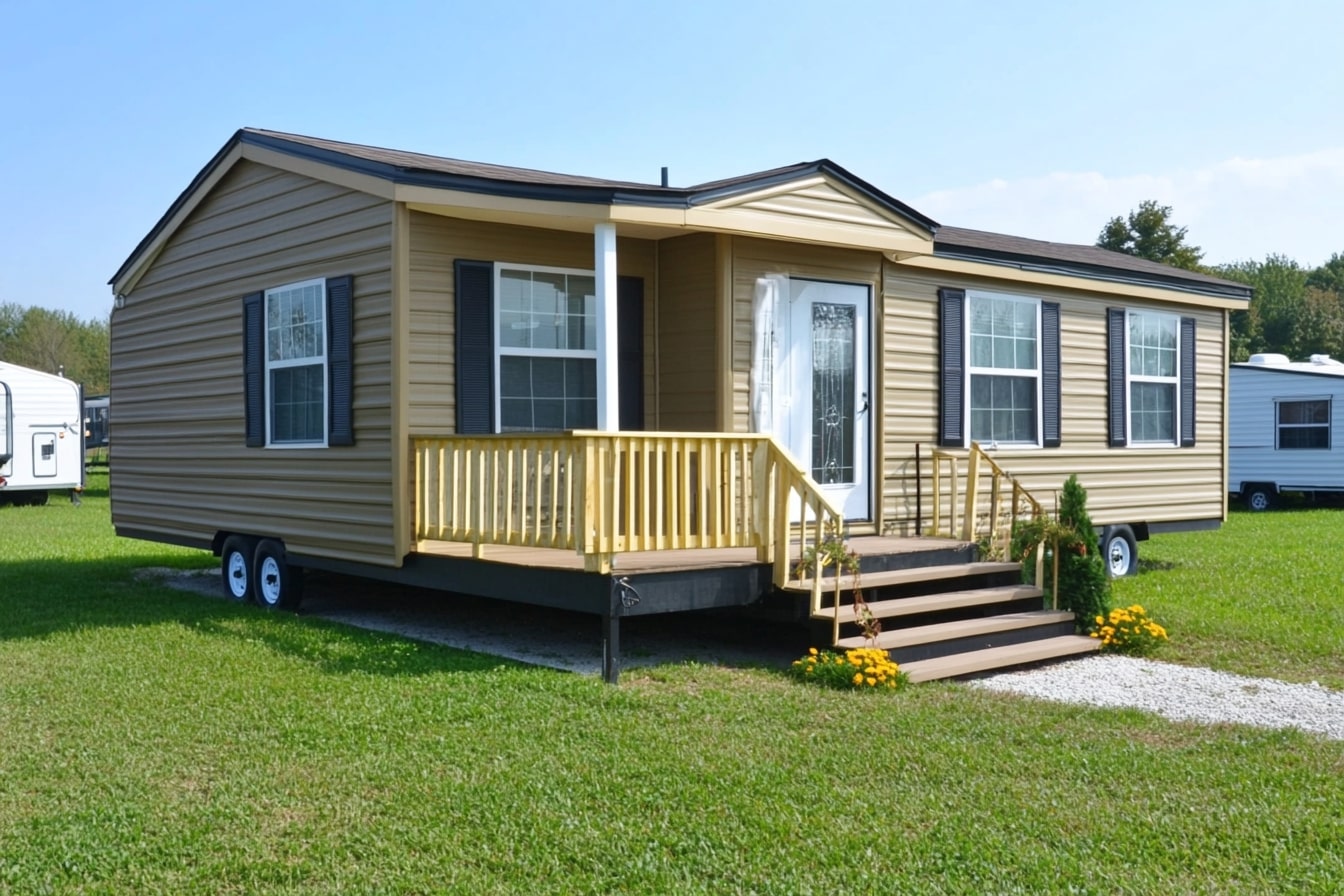What If Your Dream Home Came in Pieces?
Imagine a home that’s not only sleek and affordable, but all while helping the planet breathe easier. Prefabricated homes are changing the way we think about living spaces: crafted with precision in high-tech facilities, they slash energy bills, cut construction waste, and rise from blueprint to reality in a fraction of the usual time. With designs that adapt to your lifestyle and innovations that rival sci-fi visions, these homes aren’t just an alternative to traditional housing — they’re a glimpse into the future you can step into today.

Intelligent Eco-Design: The Foundation of Modern Prefab
Prefabricated homes excel in environmental consciousness through intelligent design principles. Factory construction allows for precise material calculations, reducing waste by up to 90% compared to traditional building methods. Advanced insulation techniques and energy-efficient systems are integrated during manufacturing, resulting in homes that typically use 30-50% less energy than conventional houses. These structures often incorporate sustainable materials and smart technologies that optimize resource usage throughout the building’s lifecycle.
Engineering for Generations: Built to Last
Today’s prefab homes are engineered with longevity in mind, utilizing advanced materials and construction techniques that often exceed traditional building standards. Quality control in factory settings ensures consistent construction quality, while precision manufacturing reduces the risk of common building issues like moisture intrusion or structural weaknesses. Modern prefab homes are designed to last 50-100 years or more, comparable to or exceeding the lifespan of traditionally built houses.
The Speed Advantage: From Factory to Foundation
One of the most compelling aspects of prefab homes is their rapid construction timeline. While traditional home construction typically takes 6-12 months, prefab homes can be manufactured and assembled in as little as 8-16 weeks. This efficiency stems from parallel processing – while site work and foundations are being prepared, the home’s components are simultaneously being manufactured in the factory.
Understanding Prefab Home Costs
The economics of prefabricated homes vary based on several factors, including size, design complexity, and location. Here’s a detailed breakdown of current market offerings:
| Home Type | Size Range (sq ft) | Average Base Cost |
|---|---|---|
| Modular | 1,000-2,500 | $180,000-$360,000 |
| Panelized | 1,500-3,000 | $200,000-$400,000 |
| Manufactured | 900-2,200 | $150,000-$300,000 |
Prices, rates, or cost estimates mentioned in this article are based on the latest available information but may change over time. Independent research is advised before making financial decisions.
Adaptive Architecture: The Future of Living
Prefab homes are at the forefront of architectural innovation, featuring adaptable designs that can evolve with changing needs. Many incorporate modular elements that allow for future expansions or modifications, smart home technology integration, and flexible floor plans that can be reconfigured as lifestyle needs change. This forward-thinking approach ensures that these homes remain relevant and functional for decades to come.
The rise of prefabricated homes represents more than just a construction trend – it’s a fundamental shift in how we approach housing. By combining efficiency, sustainability, and innovative design, these homes offer a practical solution to modern housing challenges while providing the quality and customization that homeowners desire. As technology continues to advance and environmental concerns remain paramount, prefab homes stand ready to meet the evolving needs of future generations.




